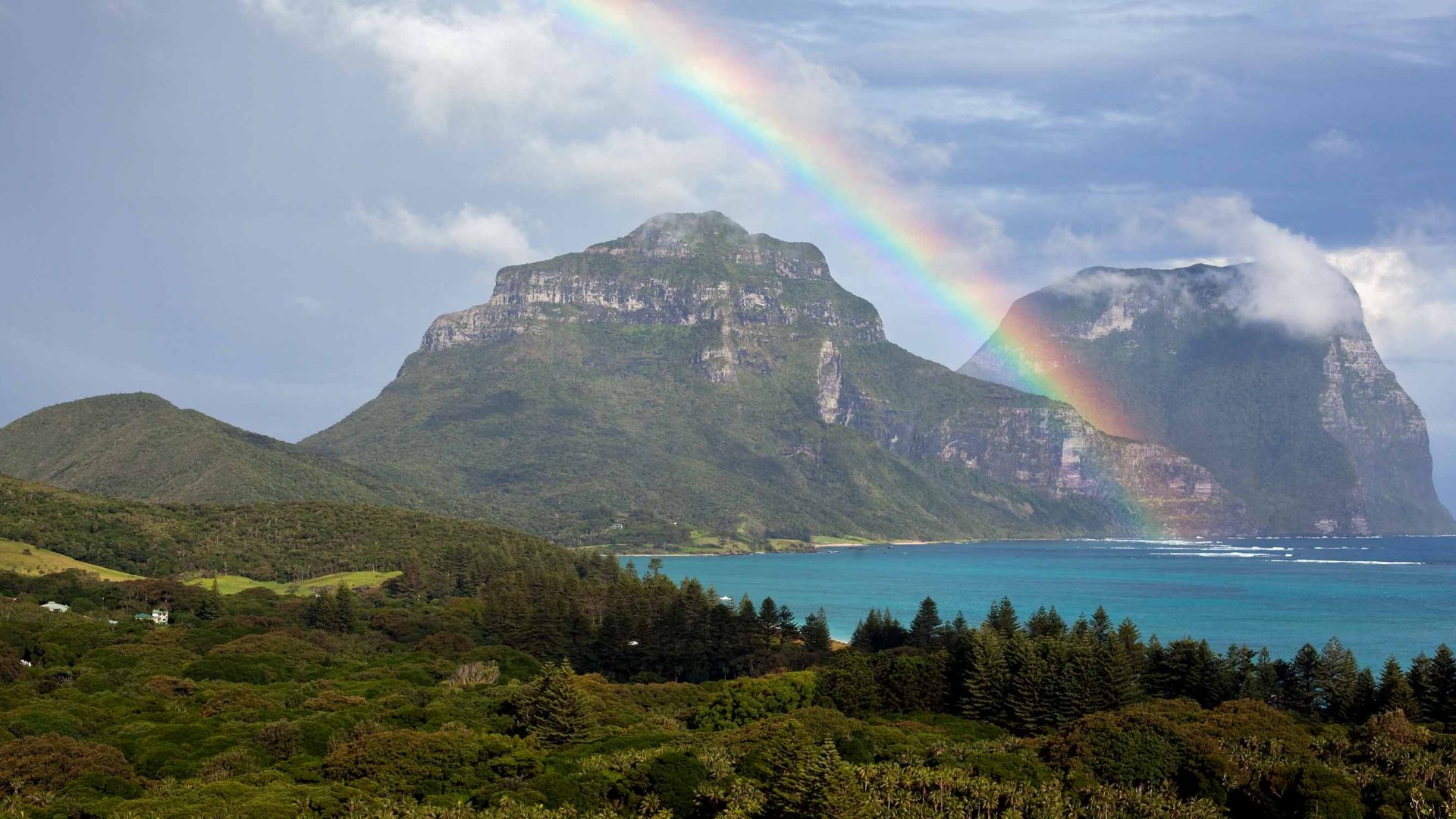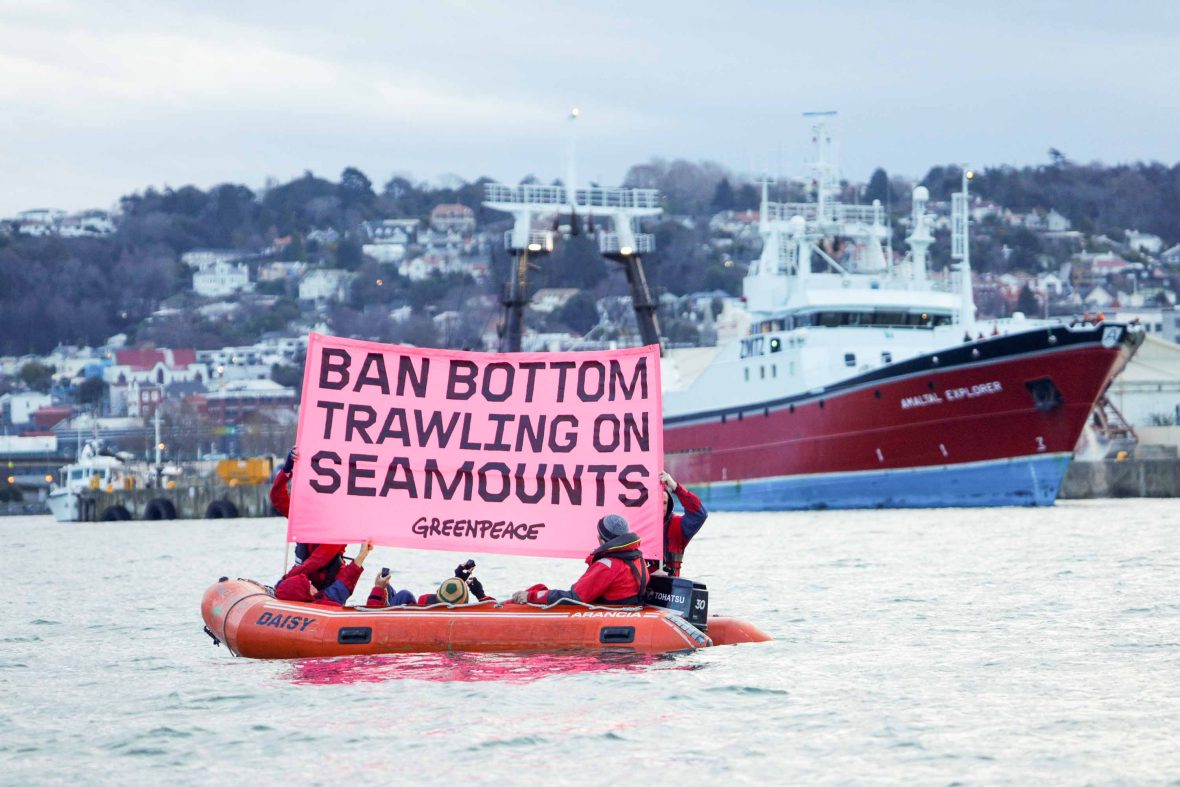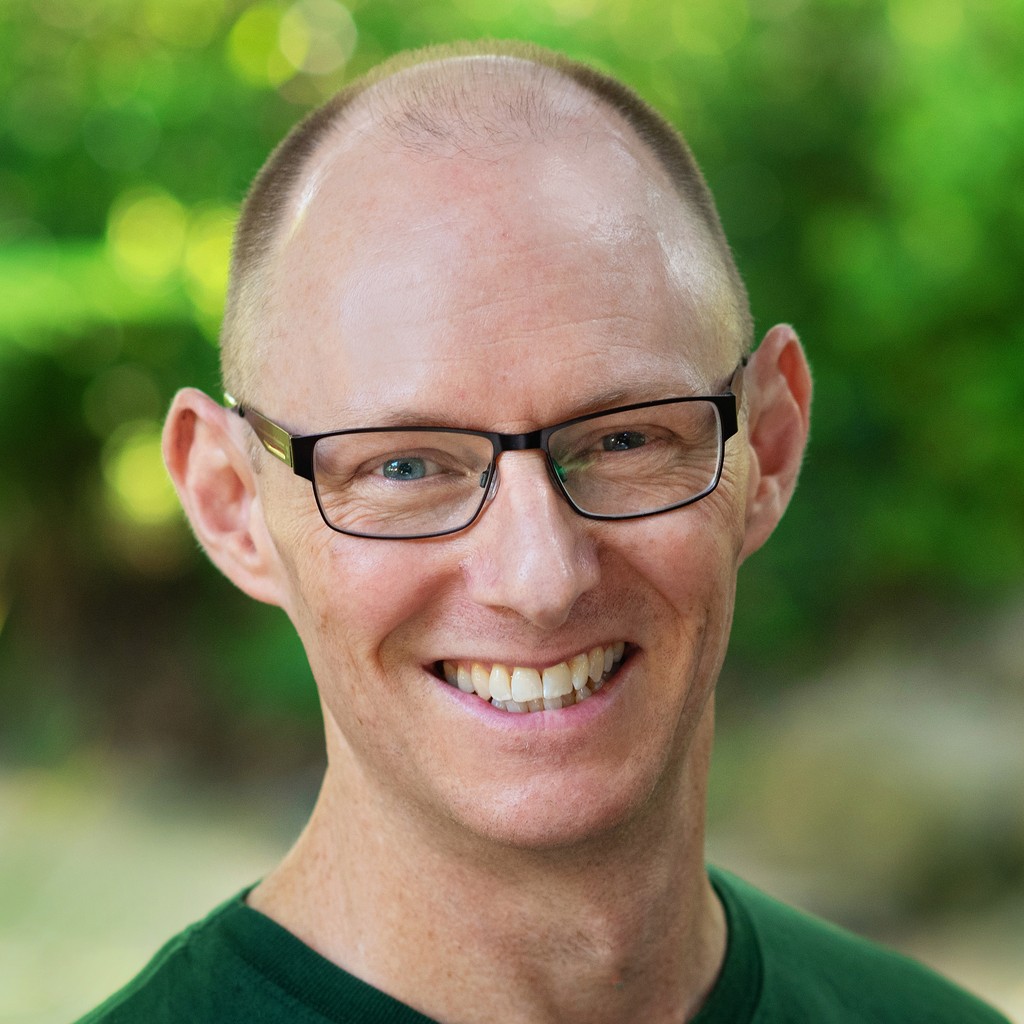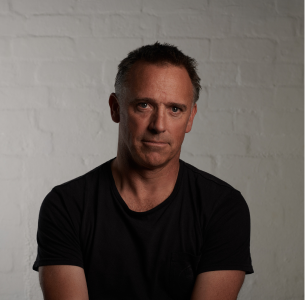
The ocean brings us untold joy—we holiday by it, sail across it, eat from it. Yet only a fraction is protected. But according to Greenpeace Australia Pacific, the Global Ocean Treaty is here to change that.


The ocean brings us untold joy—we holiday by it, sail across it, eat from it. Yet only a fraction is protected. But according to Greenpeace Australia Pacific, the Global Ocean Treaty is here to change that.
Some 600 kilometres (370 miles) off Australia’s east coast, you’ll find Lord Howe Island, a seemingly lost world teeming with rare plants, birds and critters—both above and below the surface of its turquoise lagoon.
Diving into its gin-clear waters on a recent visit, I found myself surrounded by green turtles, colorful reef fish, and even a pair of copulating octopuses. Then as dusk fell, I took cover as hundreds of clumsy shearwaters, known locally as muttonbirds, crash-landed on the island’s shores to roost in one of the world’s most extraordinary avian spectacles.
The mesmerizing abundance of life in this UNESCO World Heritage Site—including species found nowhere else on the planet, such as the curious Lord Howe Island woodhen—is often credited to conservation efforts. But this remote island owes its incredible biodiversity, first and foremost, to its marine environment.

Rising 1,800 metres (5,900 feet) from the ocean floor, Lord Howe Island forms part of a seamount chain on a vast undersea plateau in the Tasman Sea known as the Lord Howe Rise. It’s home to hundreds of species. Many are endemic, and some are yet to be formally described and named by science.
You’d think a marine environment like this would be protected. But most of it lies in international waters, where (just about) anything goes. This leaves the Lord Howe Rise and South Tasman Sea increasingly vulnerable to the destructive industrial fishing practices of—wait for it—New Zealand.
In what may come as a surprise to many, New Zealand, which in February rejected an Australian proposal on sustainable fishing in the South Tasman Sea, is the only nation that conducts devastatingly destructive bottom trawling in this region.
International high seas cover about half of Earth’s surface and 95 percent of the ocean’s volume. Yet only one percent of this marine environment is currently protected.
“Bottom trawling is the most unselective fishing method we have,” says Katrina Goddard, a marine scientist from Aotearoa New Zealand. “It involves a fishing vessel dragging a huge, heavy net with steel plates and rollers across the seabed or over a seamount. Anything that’s fragile in its way is essentially destroyed. Picture a bulldozer on land. You’re not going to use a bulldozer to pick individual flowers in a paddock.”
One such species under threat from this fishing industry practice is the orange roughy fish, which has been found to live for up to 250 years. “The latest research suggests they don’t start breeding until 70-80 years old,” says Violette Snow, Senior Campaigner for Greenpeace Australia Pacific. “So you can imagine how quickly that species has been devastated by bottom trawling.”
Fish aren’t the only species at risk. The South Tasman Sea ranks highly on four of the seven Ecologically or Biologically Significant Marine Area (EBSA) criteria, including characterisation as an important breeding ground and migration corridor for a large number of species, such as the Buller’s albatross and antipodean albatross, both of which are on the IUCN Red List of Threatened Species. Its waters also form part of a superhighway, or blue corridor, used by migrating humpback and southern right whales.
“One of the reasons why this particular area of the ocean is so important is because it has deep-sea seamounts, which are essentially underwater mountains that can be anything from 200 to 2000 metres (roughly 600 to 6500 feet) high,” says Goddard.
“Seamounts are often described as biological hotspots in our ocean, and what this means is that they have significantly increased diversity around them,” she explains. “Their physical structure provides the substrate for foundational species like corals and sponges, and then lots of other species associate themselves with those foundation locks, creating a thriving ecosystem.”
But there’s a new way to help. Formally adopted by the UN in June 2023, the Global Ocean Treaty, also known as the High Seas Treaty, allows for the creation of ocean sanctuaries in international high seas (read: waters beyond the maritime borders of individual nations). These seas cover about half of Earth’s surface and 95 percent of the ocean’s volume. Yet only one percent of the globe’s high seas are currently protected.
“This is important because the ocean is one body of water; it’s all interconnected, so we need to see governments stepping up to protect the global ocean,” says Snow. “Whales and many other creatures don’t recognize the boundaries of sanctuaries created by individual countries, so without having protection in the high seas, they’re left vulnerable.”
Snow adds that the Treaty is an important tool for global ocean protection under the Global Biodiversity Framework adopted by the UN in 2022, which aims to protect at least 30 percent of the planet’s oceans by 2030.
But there’s a catch. At least 60 countries must ratify the Treaty by June 2025 to keep the target of 30 percent by 2030 in reach. Right now, just 13 nations have ratified the treaty, and at our current rate of protection it’s estimated that we won’t reach the target until 2107. That’s almost eight decades too late .
As the clock ticks, Greenpeace is campaigning for Australia to become the next signatory. Calling on Environment Minister Tanya Plibersek and Foreign Minister Penny Wong to urgently ratify the Global Ocean Treaty and create a sanctuary for the South Tasman Sea and Lord Howe Rise region, its petition currently has more than 50,000 signatures. Adding your name to the petition, according to Snow, is just one way to help.
Unfortunately, slow-growing deep sea corals and other rare and endemic species could be wiped out by bottom trawling before they’re even discovered.
- Katrina Goddard, marine scientist
“In our region, what we are specifically asking for is a large, fully protected marine sanctuary in the Lord Howe Rise and South Tasman Sea region,” says Snow. “That way, ocean wildlife can rest, recover and thrive between Australia and New Zealand, safe from destructive fisheries.”
Time isn’t only running out for Australia and other nations to ratify the Treaty, but also to protect endangered marine species that call our global oceans home.

“Our deep sea is where scientists are continually discovering new species,” adds Goddard. “Unfortunately, slow-growing deep sea corals and other rare and endemic species could be wiped out by bottom trawling before they’re even discovered.”
And the impacts of not ratifying the Treaty, according to Snow, will be felt well beyond the South Tasman Sea. “We already know that fish stocks are plummeting across the world, and that threats like climate change, industrial overfishing, and pollution are escalating,” she says.
“So protecting the high seas with the Global Ocean Treaty is more than just saying, ‘OK, we should protect this ocean because it’s beautiful’. It’s saying we must protect this ocean because it’s biologically important, it’s scientifically significant, and frankly, its protection is a matter of life or death for the ocean wildlife we love.”
And after experiencing a mere fraction of the Lord Howe Rise’s biodiversity for myself, protecting the vast, aquatic wilderness beyond the marine park certainly seems like a no-brainer to me.
Save Lord Howe Rise
Your signature can help protect and heal our oceans. Sign the petition to tell Environment Minister Tanya Plibersek and Foreign Minister Penny Wong to champion an ocean sanctuary for the South Tasman Sea and Lord Howe Rise.
****
Adventure.com strives to be a low-emissions travel publication. We are powered by, but editorially independent of, Intrepid Travel, the world’s largest travel B Corp, who help ensure Adventure.com maintains high standards of sustainability in our work and activities. You can visit our sustainability page or read our Contributor Impact Guidelines for more information.








Can't find what you're looking for? Try using these tags: